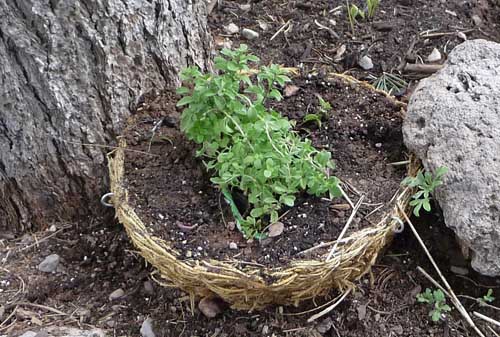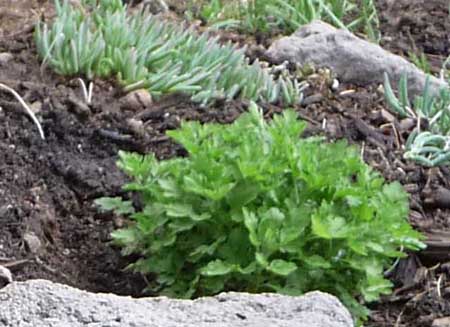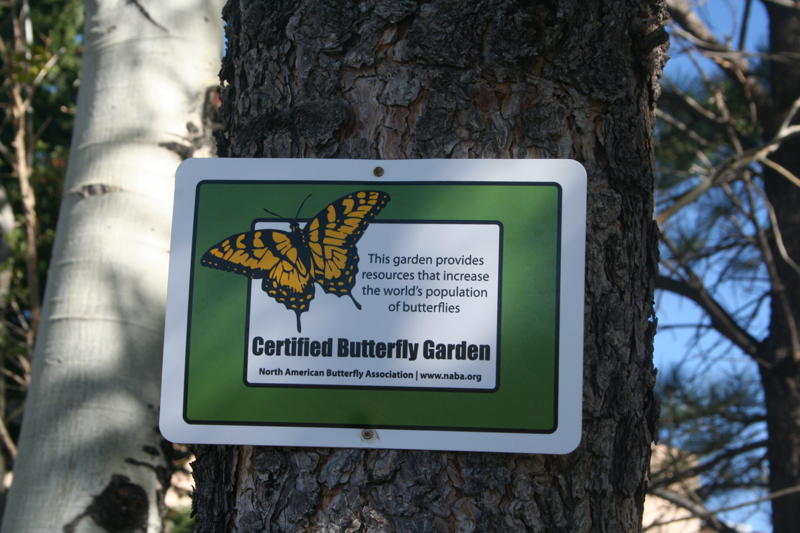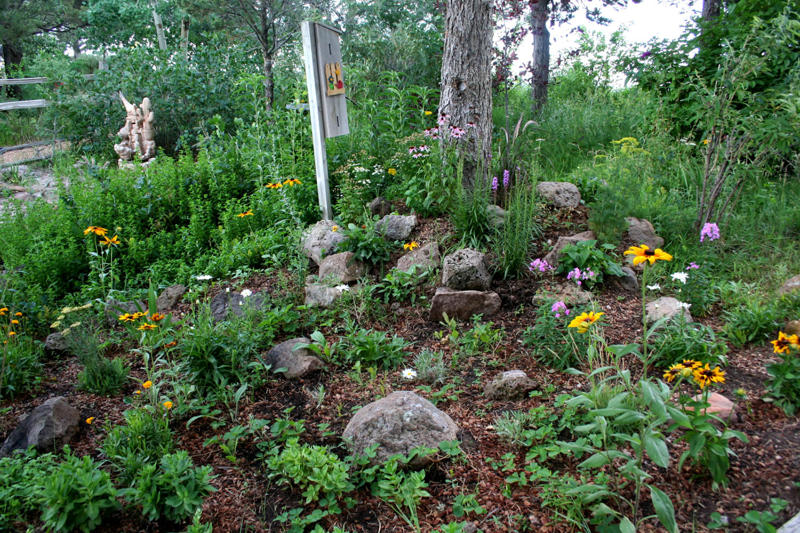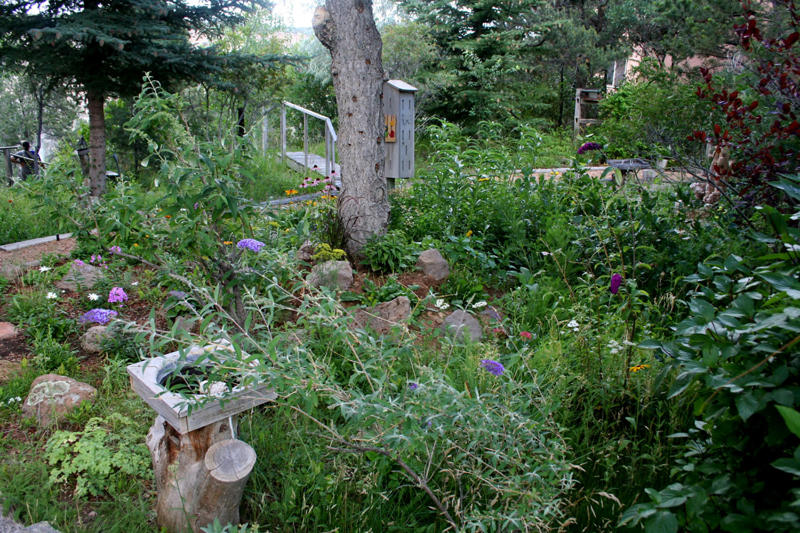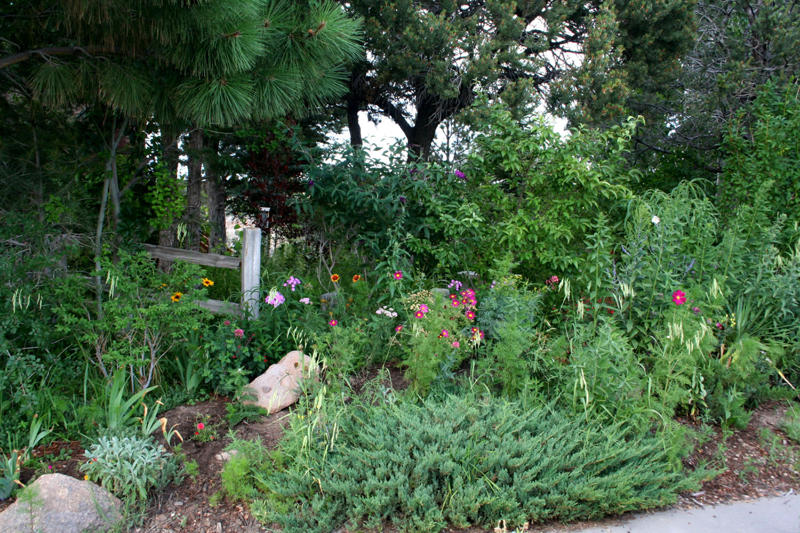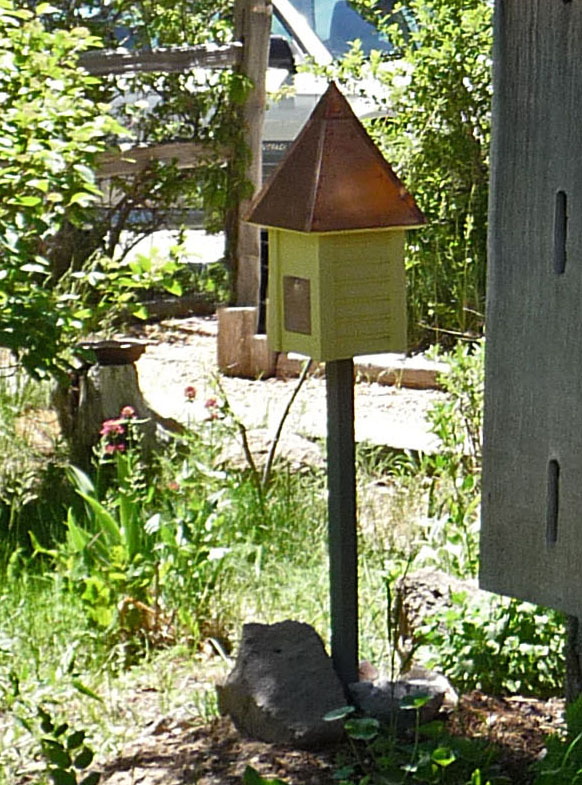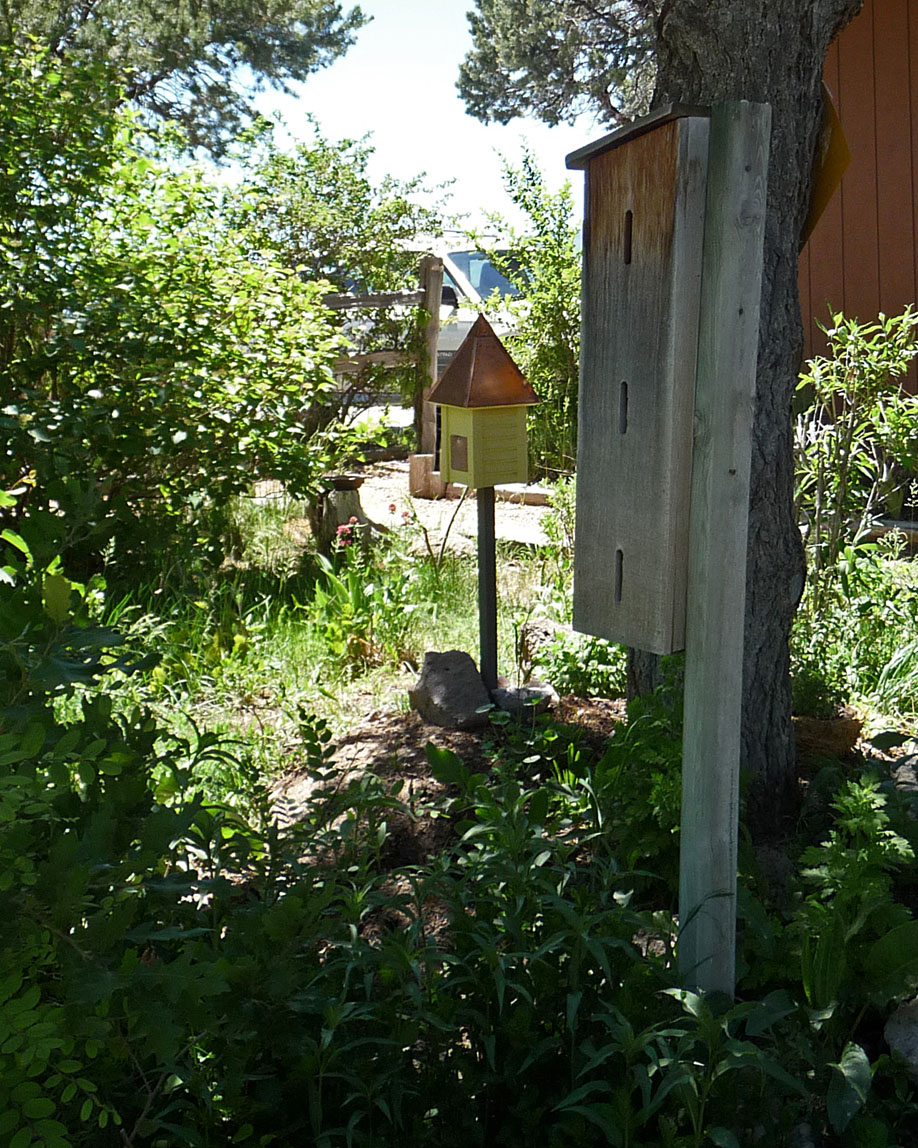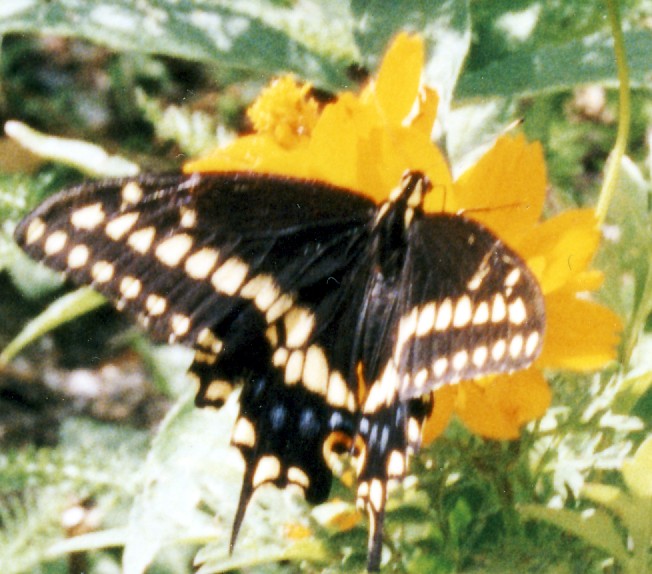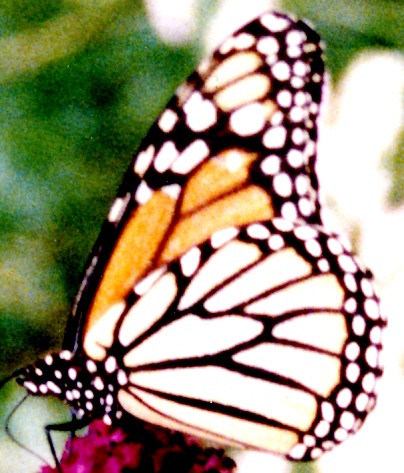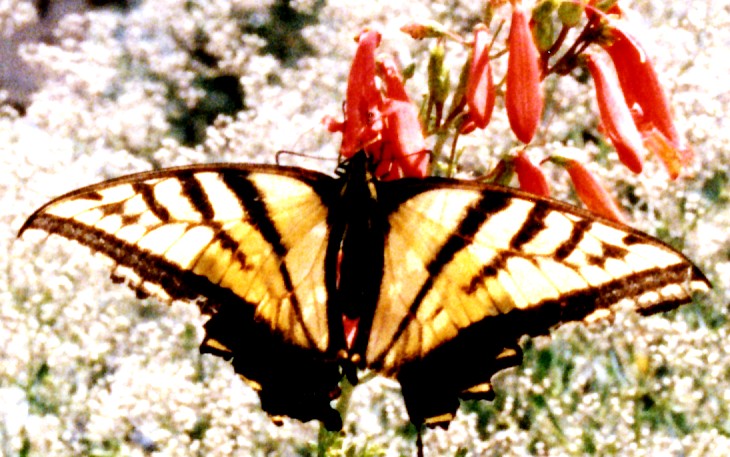home | the poems
| the plays | research
| the poet KNS | his works
| contact
© Copyright 2009: Selvi Viswanathan |
Baby Selvi with Amma On May 17th 2010, this year is my dear mother Thailammal's birth centenary. Last year on her birthday I was toying with an idea how to celebrate this special occasion. Though physically she is not present, she is always in my thoughts. Last year around this time, Dorothy Hoard, an expert on butterflies and wild flowers, suggested that I should certify my yard with National Butterfly Association. She and her husband Donald came to our house a couple of years ago when I wanted to identify the butterflies I see in our yard. So I came up with an idea: why not I build a butterfly garden in mother's memory. Mother loved flowers, especially to adorn them on my hair. She grew roses, jasmines, kanakambaram, Chrysanthemum, maruvam etc. I remember her carrying the water in the pitcher from the outdoor tap we had, on hot summer evenings. I watched her watering the plants, now I feel bad that I never offered to help her. Mother was the one who took the entire responsibility to tend this garden. Until I left for USA, she took care our small yard at Berhampur home to make sure I had flowers when I went to school, college and even when I was a teacher. I decided that I would make a slight change from what mother did for me and build a garden to make sure the butterflies had flowers for their nectar as food. So with Joe the gardener, I worked on the area on east side of our home, also a good spot for me to watch it from the window upstairs from the computer room. We planted butterfly nectar plants and also host plants for caterpillars, one of the essentials to certify the garden. Caterpillars used to scare me back in Berhampur, but now I know they are part of the metamorphosis process so I should respect them. Also, I learnt they come most of the time in the nights and hide under mulch from the predators. So mulching is essential not only to keep the soil moist but also for caterpillars to hide. Joe brought a big truck load of compost from the landfill given free in Los Alamos, and we made a big mound under the Pinion tree to give some character to the yard. It is suggested that slopes give more visibility to the butterflies than flat flower beds. We brought some big rocks from the yard and placed them in different places. This helps butterflies to sun. Sunlight is crucial for butterflies, and I had hard time finding sunny area as the trees have grown big, and most of the yard is in shade now. I gave the list of plants like Liatris, Shasta daisy, Purple Cone flower, Rudebeckia, coreopsis etc., supposed to be liked by the butterflies. The butterflies can see if the same flower is planted in masses, so I wanted three plants of each kind. I am trying to use more native plants and no pesticides. This became an educational and an interesting project. I learnt what flowers will attract butterflies here in Los Alamos and Joe brought me the plants I wanted. From the Internet I learnt more about what the butterflies liked, but the flowers listed were mostly for east coast or west coast. Los Alamos is at an altitude of 7,500 ft, so we have to observe and come up with the list. This is a project now we have at our nature center asking the community to observe in their yards and share with others. One of the features to attract more butterflies is 'puddling' which mostly male butterflies like. It is recommended to mix very little Iodide-free salt with sand in a dish, and kept moist. The nutrients like salt are used by butterflies. So I had a couple of terracotta dishes for puddling. I see a butterfly using it few days back. This area used to be cactus garden, but now is a patch with some ornamental grasses. As cactus plants were not doing well Joe transplanted them to other parts of the yard and they seem to be doing well. Butterflies need cover, like birds do, during night and windy days. Luckily, we have a lot of Gambel oak nearby a good host plant (where the females lay eggs), and several varieties of grasses that can be used as cover. I already had a butterfly roosting house, which is also recommended, but never saw it used by butterflies. Anyway, it is an ornamental garden item I consider now. Hari took the pictures of the garden last year. Seenu will put them up on vindhiya.com/kns, the website dedicated to our father Prof K. N. Sundaresan. VKV has scanned the butterfly pictures we took in the garden few years ago are also included. Photos by my friend Mary Carol Williams (Rock butterfly, sign, plants) have also been added. First, I just wanted to have the photographs on the website with a couple of sentences. But brothers Nannu, Rangan and Seenu suggested that I should write about amma as I was the one who lived the most, 29 years, with our parents. Still, I had hard time what to say, so I have just included giving details how I built this garden. This year I wanted to add some final touchups to the garden. By May 17th this garden may not be in full bloom. The butterflies like warm weather; so only from June to August we see more activity in Los Alamos. So the plants used in the garden are the ones that bloom during this period. But there are few butterflies, such as Mourning Cloaks, which are seen early March. These butterflies depend more on sap for food than the flowers. From one of the butterfly books I read, it may be a novel idea, to have light colored rocks for the butterflies to sun and are made into a design to look like a butterfly. The rocks are better if they are light colored because light colored rock reflects more heat, and once the butterfly lands on it, the reflected heat can make the butterflies get warm sooner and they can take off to look for a mate and also nectar. Butterflies live only two weeks, so they have to act fast to find a mate, then lay eggs to continue their lineage. I thought monarch butterflies lived long because they migrate. Dorothy Hoard, when she talked to the children at the Nature Center explained that actually it is not the same monarch that migrates! The monarchs travel, and on their way lay their eggs and die. Then the new generation of monarchs take over, and continues, and it seems it takes several generations to complete the amazing migration. We see more monarchs in our yard during the Fall.
Then a couple of weeks ago the beautiful sign with butterfly pictures was at our door step. Now it is on the Pinion tree trunk amidst the butterfly garden. This addition makes it very special.
I got very lucky this year when I found in the herbs section of
a store here, the maruvam (marjoram) plant! I bought one. It is
planted in a nice basket and implanted in the soil in the garden.
I can't grow Jasmine and kanakambaram here. But Chrysanthemums do
bloom in the Fall, so Joe will bring them next time. These two plants
in my garden will be what mother had at our Berhampur garden.
Maruvam and Chrysanthemum It is interesting the beautiful butterflies like cow dung and ripe fruits, almost rotted. I tried ripe fruits, but the ants come and in the night raccoons feast on them. So I have given up that idea. To certify the yard only three host plants and three nectar plants are needed. But I decided to do other things that are crucial for butterflies' welfare also.
I did certify our yard in last October. I asked the National Butterfly
association whether they can add one line in the certificate beside
my name 'in memory of our mother's name Thailammal.' They did not
do it. Butterflies are pollinators also. They play a role in producing food for humans. So it is appropriate to have this garden in memory of mother who provided food by making marvelous and delicious meals for us. When I think of her Mysorepaak my mouth waters! She taught me how to make Mysorepak. Also this memorial garden for Butterflies for mother is the first one in Los Alamos. I am happy I am able to do it as our mother is very very special. Amma! This is my tribute to you. Hope you
can see from up there along Love May17th, 2010
Here are some photographs of
The Butterfly Roosting House The old Roosting house (gray in color) seen on the right was installed many years ago and there seems to be no activity. This new one I saw at the Nature Center looked perfect, its height is same as many flowering plants. It will suit well for butterflies in my garden and I used the gift money my brother Seenu's family gave a couple of years ago for my special birthday. The black swallowtail has taken a look at it already. This addition is very fitting I feel, as Seenu has helped me with the website and it now sits in this garden.
Black Swallowtail
Western Tiger Swallowtail
|

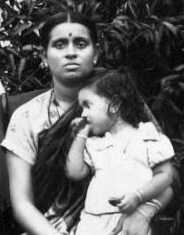
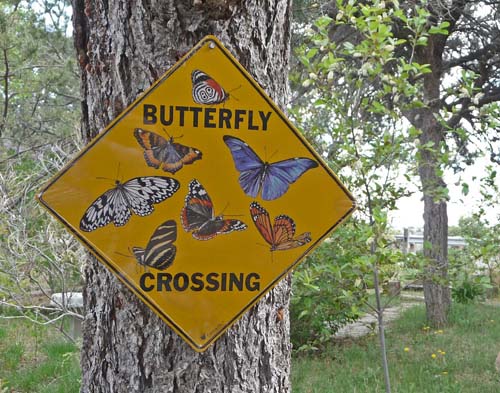 I wanted to spruce up the butterfly garden with few more things
this year to make it nicer. I am very fortunate that Linda Hardie,
my neighbor who walks by daily, stopped the other day when I was
watering the yard, and told me, "Selvi, I have a sign saying, 'Butterfly
Crossing'. I used to work at Smithsonian Butterfly garden and bought
it, I have no use here, and I can give it to you." I was thrilled.
I wanted to spruce up the butterfly garden with few more things
this year to make it nicer. I am very fortunate that Linda Hardie,
my neighbor who walks by daily, stopped the other day when I was
watering the yard, and told me, "Selvi, I have a sign saying, 'Butterfly
Crossing'. I used to work at Smithsonian Butterfly garden and bought
it, I have no use here, and I can give it to you." I was thrilled.
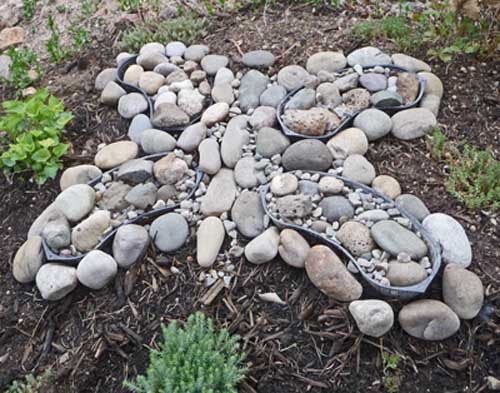 On 29th April Joe brought compost from the landfill and he made
a small mound laying a plastic liner underneath, so no weeds can
grow. On the mound I used four baskets which are shaped somewhat
like wings (used to be pond planters), and filled them with light
colored river rock. I tried my best to make them look like a butterfly
somewhat. I may ask Dorothy as she is an artist one day to come
and help me to do some fine-tuning. This will be the landing pad
for the butterflies to sun.
On 29th April Joe brought compost from the landfill and he made
a small mound laying a plastic liner underneath, so no weeds can
grow. On the mound I used four baskets which are shaped somewhat
like wings (used to be pond planters), and filled them with light
colored river rock. I tried my best to make them look like a butterfly
somewhat. I may ask Dorothy as she is an artist one day to come
and help me to do some fine-tuning. This will be the landing pad
for the butterflies to sun. 